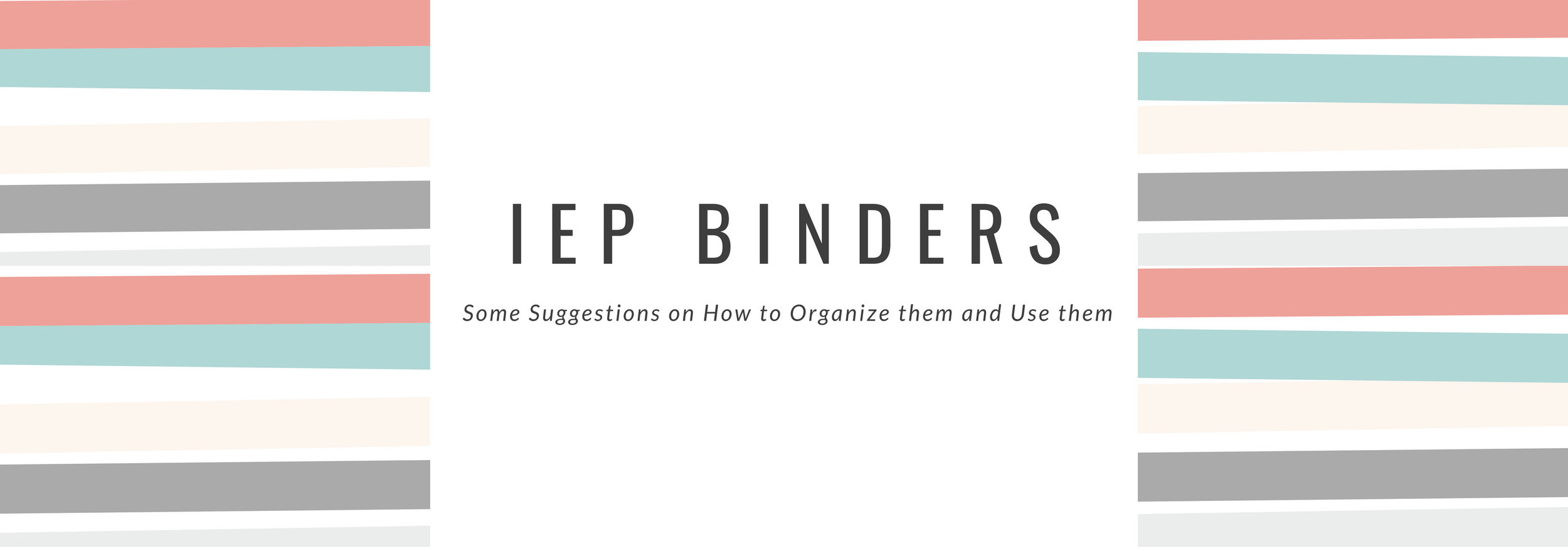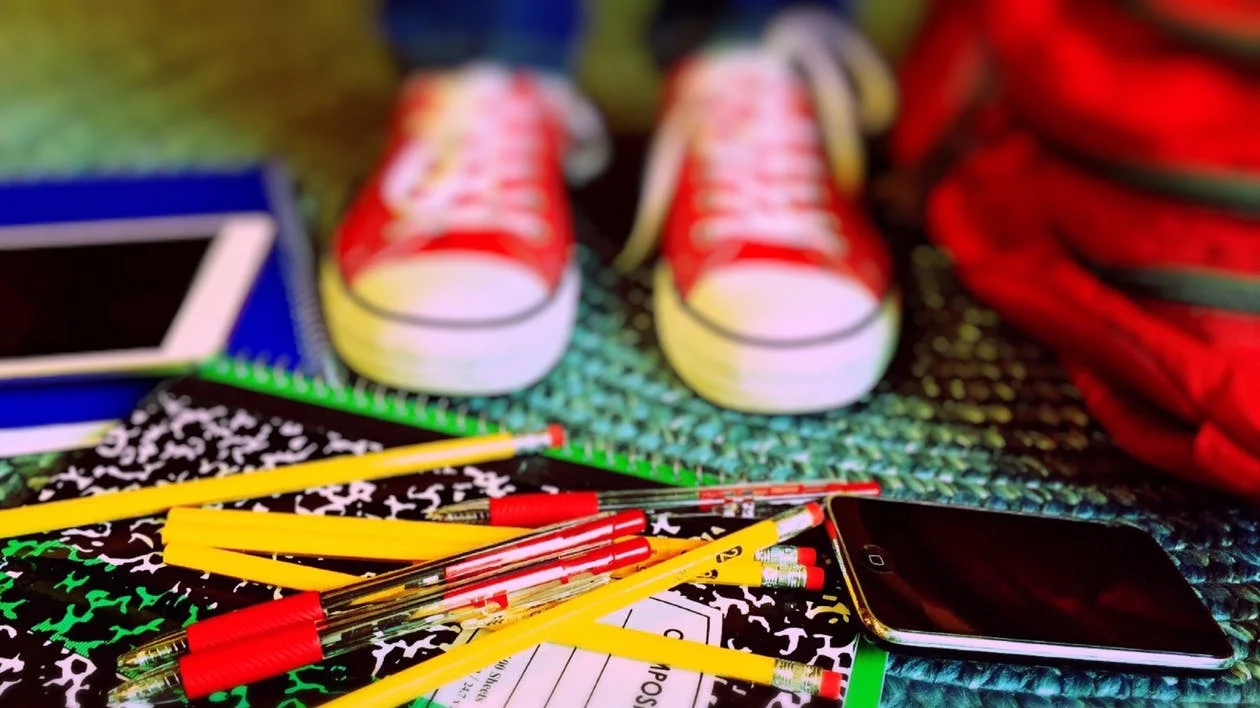FOUR SPECIAL EDUCATION TERMS EVERY PARENT SHOULD UNDERSTAND
/There is a lot to know as a parent of a child receiving Special Education Services but there are four key terms that are apply in almost every instance so you should be familiar with them. They are:
1. Special Education
The term “special education” is defined as "specially designed instruction, at no cost to parents, to meet the unique needs of a child with a disability, including— (A) instruction conducted in the classroom, in the home, in hospitals and institutions, and in other settings; and (B) instruction in physical education." 20 U.S.C. s. 1401 (29) Special Education Law is a needs based law. Everything in Special Education is based on data and assessment.
2. Related Services
The term “related services” means transportation, and such developmental, corrective, and other supportive services. This includes, but is not limited to , speech-language pathology and audiology services, interpreting services, physical and occupational therapy, social work services, counseling services as may be required to assist a child with a disability to benefit from special education, and includes the early identification and assessment of disabling conditions in children. 20 U.S.C. s. 1401 (26)
3. Free Appropriate Public Education ("FAPE")
The Individuals with Disabilities Act (IDEA) provides that each eligible child is entitled to a "free appropriate public education" (FAPE). This terms is defined as:
special education and related services that— (A) have been provided at public expense, under public supervision and direction, and without charge; (B) meet the standards of the State educational agency; (C) include an appropriate preschool, elementary school, or secondary school education in the State involved; and (D )are provided in conformity with the individualized education program...
4. Least Restrictive Environment ("LRE")
"Least Restrictive Environment" means that a child must be educated to the extent possible and appropriate in the least-restrictive setting possible when determining where and how services are to be delivered.
The list below shows you in order the least restrictive to the most restrictive types of placements used in Massachusetts:
- Regular Education Classroom (least restrictive)
- Resource Classroom
- Part self-contained
- Self-contained classroom
- Day School
- Residential School
- Home-bound placement (most restrictive)
When we put all of these terms together the bottom line is …
School districts must provide a free appropriate public education for students enrolled in their districts. An appropriate education is an education and related services designed to meet the individualized educational needs of a child with a disability as adequately as the needs of non disabled children are met.
Have questions or concerns about your student? Contact us to discuss further:
E.M. Curran & Associates LLC
10 Tower Office Park
Suite 406
Woburn, MA 01801
Phone: 781-933-1542
Fax: 781-933-1549
ellen@emcurranlegal.com
















